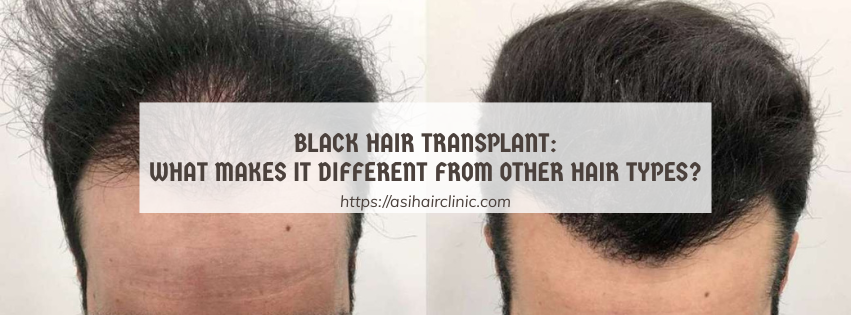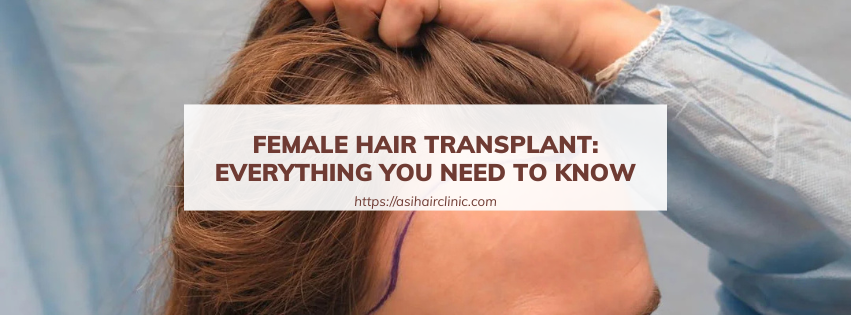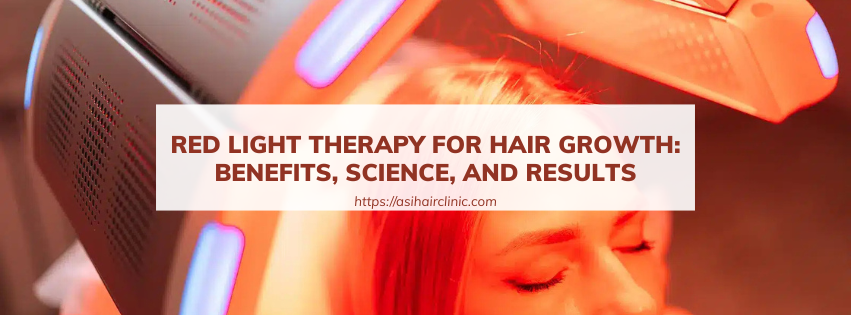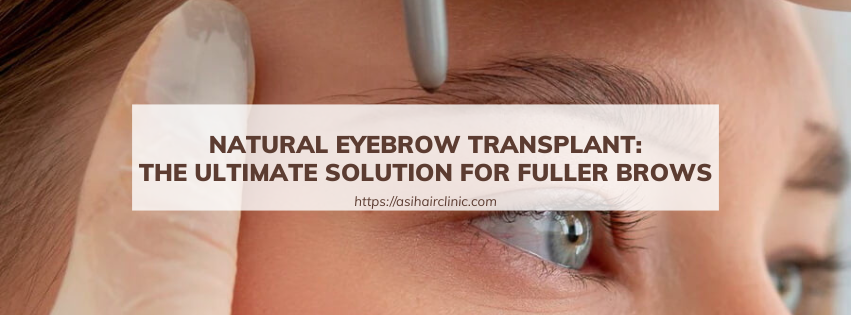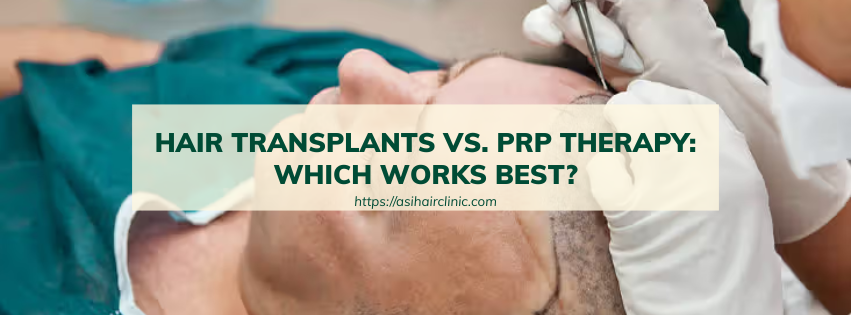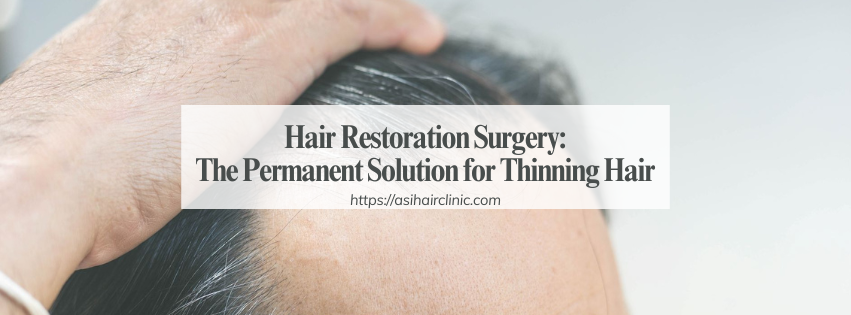What Is A Hair Graft? The Role Of Grafts In Hair Transplant
Hair loss is a prevalent issue that affects countless individuals across the globe, leading to emotional distress and impacting self-esteem. Although various treatments exist, hair transplantation has emerged as a highly effective solution for those grappling with significant hair thinning or baldness. Central to this procedure is the concept of a hair graft, which serves as the fundamental building block in the journey toward restoring a full head of hair. This article will explore the intricacies of hair grafts, elucidating their importance, the different types, and their significant roles in hair transplantation.
1. Understanding Hair Grafts: The Building Blocks of Hair Restoration
A hair graft refers to a small unit of skin containing one or more hair follicles, extracted through surgical procedures. The donor area, typically located at the back or sides of the scalp, is known for its resistance to balding-ensuring that the transplanted hair remains permanent.
At the core of any successful hair transplant, hair grafts are meticulously harvested and implanted by skilled professionals, ensuring that the new hair not only appears natural but also grows continuously. However, understanding the types of hair grafts available, along with the extraction and implantation techniques, is critical for anyone considering hair restoration.
1.1. The Science Behind Hair Grafts
The process of hair grafting is rooted in science, as it involves the intricate balance between biology and artistry. Each graft contains essential components necessary for hair growth, primarily hair follicles, dermal papillae, and surrounding tissues.
Hair follicles are responsible for the production of hair strands, while dermal papillae play a crucial role in hair follicle health, contributing to cellular signaling, nutrition, and growth. When these elements are carefully preserved during the grafting process, they ensure robust growth in the recipient area, culminating in a natural appearance.
Moreover, the viability of harvested hair grafts significantly depends on various factors, including the technique used for extraction, the conditions under which they are stored, and the skill with which they are implanted. Hence, meticulous attention to detail is paramount in achieving optimum results.
1.2. The Psychological Implications of Hair Loss
Understanding hair grafts goes beyond technical knowledge; it requires an appreciation of the psychological impact of hair loss. For many individuals, hair is closely tied to identity and self-image. The decision to undergo a hair transplant is often rooted in the desire for renewed confidence and improved quality of life.
Studies have shown that hair restoration can positively influence mental health, reducing feelings of anxiety and depression stemming from hair loss. As such, the careful selection and application of hair grafts is not merely about aesthetics-it’s about restoring an individual’s sense of self-worth and happiness.

2. Types of Hair Grafts: A Spectrum of Techniques
Selecting the appropriate type of hair graft is essential for ensuring optimal results in hair transplantation. Various techniques have evolved, each catering to different needs, preferences, and hair loss patterns. Understanding these diverse options empowers individuals to make informed choices.
2.1. Follicular Unit Extraction (FUE)
Follicular Unit Extraction (FUE) stands out as a minimally invasive approach in the realm of hair transplantation. During this technique, individual hair follicles are extracted using a small, circular punch tool. The precision of FUE allows for minimal scarring, making it a favorable option for those concerned about visible traces of surgery.
One of the key advantages of FUE is the ability to harvest grafts from multiple areas of the scalp, allowing for a customizable approach tailored to the specific needs of each patient. Furthermore, since this method avoids the removal of a strip of skin, patients can experience quicker recovery times and return to their daily lives sooner.
However, while FUE presents numerous benefits, it may not be suitable for everyone. Factors such as the extent of hair loss and donor site characteristics play pivotal roles in determining whether FUE is the ideal option.
2.2. Follicular Unit Transplantation (FUT)
In contrast to FUE, Follicular Unit Transplantation (FUT) relies on removing a strip of skin from the donor area, which is then dissected into individual grafts under a microscope. This technique typically yields a higher number of grafts in a single session, making it particularly advantageous for patients requiring extensive coverage.
FUT is often favored by individuals seeking comprehensive hair restoration, as well as those looking for cost-effective solutions. However, it does involve a linear scar at the donor site, which may be a concern for some patients.
Ultimately, the choice between FUE and FUT should be made after thorough consultation with an experienced surgeon who assesses the patient's unique circumstances.
2.3. Strip Harvesting: A Traditional Method
Strip harvesting represents one of the more traditional methods of obtaining hair grafts. The process entails extracting a narrow strip of skin from the donor area, which is then dissected to yield individual grafts. While it is less commonly employed today due to advancements in FUE and FUT, strip harvesting remains a viable option in certain cases.
One of the primary considerations when opting for strip harvesting is scarring. Although modern techniques have minimized scar visibility, patients should still weigh the implications of having a linear scar against the benefits of potentially obtaining a larger number of grafts in one session.
Additionally, individuals considering this method must be aware of the postoperative care required, as healing may take longer compared to other techniques.
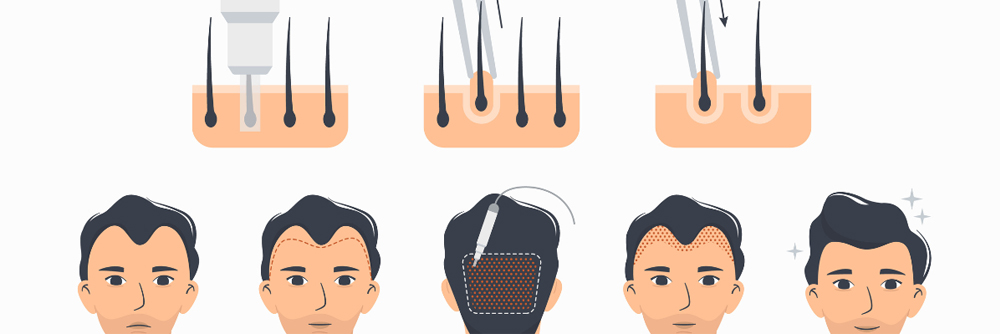
3. The Vital Role of Grafts in Hair Transplantation
Hair grafts are not merely units of skin and hair-they represent a transformative opportunity for individuals facing hair loss. Their role extends far beyond the physical act of transplantation; they embody hope, renewal, and a pathway toward reclaiming one's image.
3.1. Aesthetic Transformation
When executed correctly, hair grafts allow for the recreation of a natural hairline that seamlessly blends with existing hair. The strategic placement of grafts, mimicking the natural growth pattern of hair, results in a visually appealing outcome.
Moreover, the aesthetic transformation achieved through hair grafts is striking. Patients often find themselves rejuvenated, with newfound confidence emanating from their revitalized appearance. This renewed sense of self-worth can have profound effects on both personal and professional aspects of life.
3.2. Longevity and Durability
One of the most compelling reasons for choosing hair transplantation lies in the permanence of the results. Hair grafts sourced from areas resistant to balding ensure that the transplanted hair continues to grow indefinitely. This long-term solution alleviates concerns associated with temporary fixes or ongoing treatments.
Furthermore, the durability of hair grafts is bolstered by advances in surgical techniques and post-operative care. Individuals can enjoy the benefits of their new hair without the constant fear of future hair loss.
3.3. The Importance of Professional Expertise
The success of hair transplants hinges on the expertise of skilled surgeons. Mastery of graft extraction and implantation techniques guarantees optimal results, diminishing the risk of complications and unsatisfactory outcomes.
Beyond technical skills, an experienced surgeon understands the nuances of facial structure, hair types, and aesthetics. They can guide patients through the process, offering insights and recommendations to achieve the desired look while minimizing potential risks.
4. Post-Procedure Care: Ensuring the Success of Hair Grafts
After undergoing a hair transplantation procedure, proper aftercare is imperative to facilitate healing and support the longevity of the transplanted hair. Understanding the necessary steps can ensure the best possible outcome for patients.
4.1. Medications and Pain Management
Following the procedure, surgeons typically prescribe medications to manage pain, reduce swelling, and prevent infection. It's essential for patients to adhere to the prescribed regimen to promote healing and minimize discomfort.
Over-the-counter pain relief may also be suggested as part of post-operative care. By proactively addressing pain and potential side effects, patients can focus on the healing process without unnecessary distractions.
4.2. Washing and Cleaning Guidelines
Maintaining scalp hygiene is crucial following a hair transplant, as cleanliness is directly linked to preventing infection. Surgeons provide detailed instructions on how and when to wash the hair, emphasizing gentle techniques that avoid disturbing the newly transplanted grafts.
Patients should refrain from using harsh shampoos or scrubbing the scalp vigorously in the initial days post-surgery. Following the recommended timeline ensures that healing progresses smoothly, setting the stage for successful hair growth.

4.3. Lifestyle Modifications
While the excitement of new hair can lead to eagerness to resume normal activities, it is vital to exercise caution. Avoiding strenuous exercise, direct sun exposure, and excessive heat styling are important considerations during the initial recovery phase.
Engaging in moderate activities, while listening to one’s body, allows individuals to gradually reintegrate into their routine. Celebrating small milestones in the healing process helps maintain motivation and excitement for the future.
5. Potential Risks and Complications
Like any surgical procedure, hair transplantation carries inherent risks and potential complications. Awareness of these possibilities enables patients to make informed decisions and set realistic expectations.
5.1. Bleeding and Infection
Minor bleeding at the donor and recipient sites is common, but excessive bleeding may require intervention. Infection, while rare, remains a concern with any surgical intervention. Patients should remain vigilant for signs of infection, such as increased redness, swelling, or discharge.
Following proper aftercare guidelines drastically reduces the risk of complications. Regular follow-up appointments with the surgeon further enhance monitoring and early detection of issues.
5.2. Scarring Concerns
While advanced techniques like FUE minimize visible scarring, patients should be aware that some degree of scarring may occur, especially with strip harvesting methods. Open communication with the surgeon about scarring concerns provides clarity regarding what to expect post-procedure.
Surgeons often utilize techniques to camouflage scars, such as placing grafts strategically in areas where they are less noticeable. Additionally, tattooing or other cosmetic solutions may be explored for individuals particularly worried about scars.
5.3. Unsatisfactory Results
Although many individuals achieve remarkable results from hair transplantation, there exists the possibility of unsatisfactory aesthetic outcomes. Perceptions of "natural" appearance vary among individuals, and what may look appealing to one person may not resonate with another.
Choosing a qualified, experienced surgeon is paramount in mitigating this risk. Engaging in comprehensive consultations and discussing realistic goals ensures patients understand the likely results, fostering alignment between expectations and outcomes.
Conclusion
Hair grafts are the foundation of hair transplantation, acting as vital components in restoring a full head of hair. With various techniques available, patients are empowered to choose the approach that aligns best with their unique needs and goals.
As we navigate the complex landscape of hair restoration, it is crucial to recognize the interplay between technical expertise and the human element. Beyond the physical transformation, hair grafts signify hope, confidence, and renewed self-image for those experiencing hair loss.
Individuals considering this transformative journey must prioritize selecting a skilled and experienced surgeon, as this decision ultimately dictates the success of the procedure and the satisfaction derived from it. Embracing the world of hair grafts opens doors to renewed self-confidence and the joy of rediscovering one's identity.
LATEST POSTS

